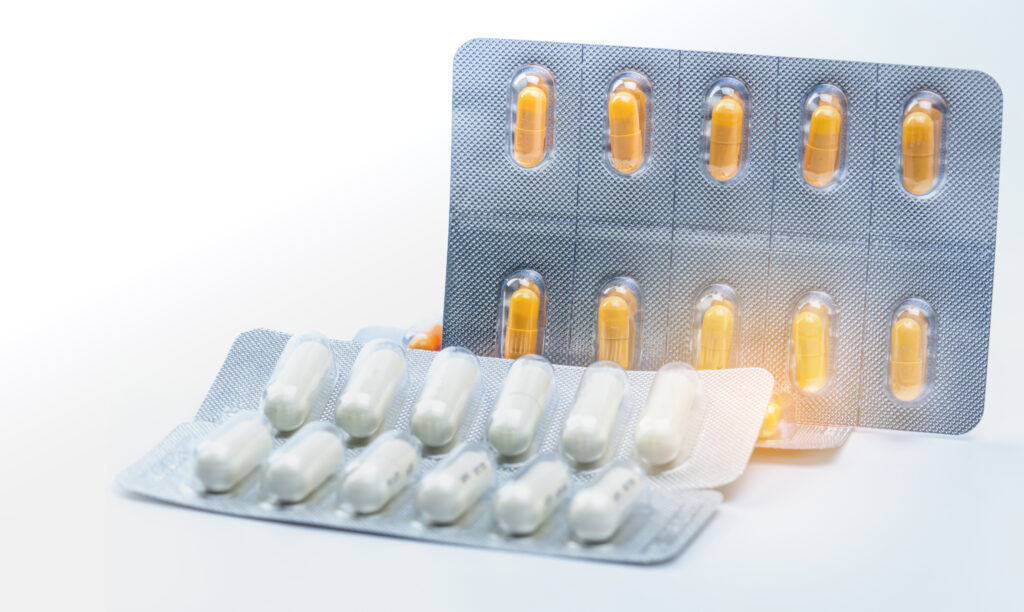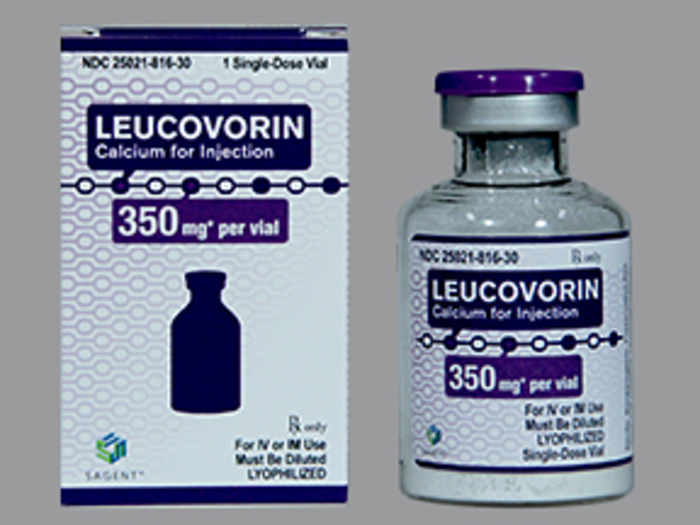When your child is prescribed azithromycin, you likely have many questions about proper dosing, administration, and safety. As parents ourselves, we understand the importance of having clear, reliable information when it comes to your child’s medication. This comprehensive guide will help you navigate everything you need to know about azithromycin dosage and administration.

What is Azithromycin?
Azithromycin is a macrolide antibiotic commonly prescribed to treat various bacterial infections in children and adults. Known by brand names such as Zithromax, Zithromax Z-Pak, and Zmax, this medication works by killing bacteria or preventing their growth. It’s important to note that azithromycin is only effective against bacterial infections—it will not work for colds, flu, or other viral infections.
Common Uses in Children
Beverly Hills pediatricians frequently prescribe azithromycin to treat:
- Respiratory tract infections
- Ear infections (otitis media)
- Strep throat and tonsillitis
- Pneumonia
- Sinusitis
- Certain skin infections
Understanding Azithromycin Dosage Forms
Azithromycin dosage varies based on the form prescribed and your child’s specific needs. Azithromycin comes in several forms, making it easier to administer to children of different ages:
Available Forms
- Tablets: 250mg or 500mg strengths
- Capsules: 250mg
- Liquid suspension: 200mg in 5ml
- Extended-release suspension: For specific conditions
The liquid form is particularly beneficial for young children and those who have difficulty swallowing pills.
Age-Specific Dosage Guidelines
Understanding the correct azithromycin dosage for your child’s age and weight is crucial for effective treatment. The following charts provide comprehensive dosing information:
Pediatric Dosage Chart by Weight and Age
| Age Group | Weight Range | Standard Dose | Duration | Special Notes |
|---|---|---|---|---|
| 6-11 months | 7-10 kg (15-22 lbs) | 10mg/kg once daily | 3-5 days | Weight-based dosing required |
| 1-2 years | 10-13 kg (22-29 lbs) | 10-12mg/kg once daily | 3-5 days | Not for pharyngitis/tonsillitis |
| 2-5 years | 13-18 kg (29-40 lbs) | 12mg/kg once daily | 5 days | Can treat pharyngitis/tonsillitis |
| 6-11 years | 18-34 kg (40-75 lbs) | 12mg/kg once daily | 5 days | Maximum 500mg per day |
| 12+ years | 34+ kg (75+ lbs) | Adult dosing | 3-5 days | 500mg Day 1, then 250mg daily |
Alternative Dosing Regimens by Condition
| Condition | Age Group | Dosage | Duration | Administration |
|---|---|---|---|---|
| Pharyngitis/Tonsillitis | 2+ years | 12mg/kg daily | 5 days | With or without food |
| Pneumonia | 6+ months | 10mg/kg daily | 5 days | With or without food |
| Sinusitis | Adults only | 500mg daily | 3 days | Extended-release available |
| Skin Infections | All ages | 10-12mg/kg daily | 3-5 days | Weight-based dosing |
| Ear Infections | 6+ months | 10mg/kg daily | 3-5 days | Liquid form preferred |
| Prevention (Chronic) | As prescribed | 3x per week | Ongoing | Usually Mon/Wed/Fri |
Important Age Restrictions
- Under 6 months: Safety and effectiveness not established for pneumonia
- Under 2 years: Not recommended for pharyngitis or tonsillitis
- Always consult your pediatrician for children in these age groups
How to Administer Azithromycin Safely
Timing and Food Considerations
Tablets and Liquid
- Can be taken with or without food
- Take at the same time each day for consistency
Capsules
- Take at least 1 hour before meals or 2 hours after eating
- This ensures proper absorption
Measuring Liquid Medication
Proper measurement is crucial for effective treatment:
- Always shake the bottle well before each dose
- Use the measuring device provided by your pharmacist (syringe, spoon, or cup)
- Never use household teaspoons—they don’t provide accurate measurements
- Store liquid properly: Can be kept at room temperature or refrigerated
- Use within 10 days and discard any remaining liquid after treatment
Making It Easier for Children
- The liquid form can have a bitter taste—offering fruit juice afterward can help
- Try to maintain consistent timing to establish a routine
- Never mix the medication with other foods or drinks unless specifically instructed
Critical Safety Considerations
Complete the Full Course
One of the most important aspects of antibiotic treatment is completing the entire prescribed course, even if your child feels better. Stopping treatment early can:
- Allow the infection to return
- Contribute to antibiotic resistance
- Lead to more serious complications
Drug Interactions
Inform your pediatrician about all medications your child takes, including:
- Over-the-counter medications
- Vitamins and supplements
- Other prescription drugs
Important: Do not give antacids containing aluminum or magnesium within 2 hours of azithromycin, as they can interfere with absorption.
When to Avoid Azithromycin
Determining the appropriate azithromycin dosage also means knowing when this medication should not be used. Azithromycin should not be used in children with:
- Previous allergic reactions to macrolide antibiotics
- History of liver problems with azithromycin use
- Certain heart rhythm disorders
- Severe kidney or liver disease
Recognizing Side Effects
Common Side Effects
Most children tolerate azithromycin well, but some may experience:
- Mild stomach upset
- Diarrhea
- Nausea
- Abdominal pain
When to Contact Your Pediatrician Immediately
Seek medical attention if your child experiences:
- Severe allergic reactions: Rash, hives, difficulty breathing, swelling of face or throat
- Severe diarrhea: Especially if it contains blood
- Heart rhythm changes: Fast, irregular, or pounding heartbeat
- Liver problems: Yellowing of skin or eyes, dark urine, severe fatigue
- Skin reactions: Severe blistering or peeling
Special Concern for Infants
In rare cases, azithromycin can cause a condition called infantile hypertrophic pyloric stenosis in very young children. Contact your pediatrician immediately if your infant becomes unusually irritable or vomits frequently after taking the medication.
Storage and Safety Tips
Proper Storage
- Keep at room temperature, away from heat and moisture
- Store liquid forms properly (room temperature or refrigerated as directed)
- Keep out of reach of children
- Do not freeze any form of the medication
Extended-Release Formulations
If prescribed Zmax (extended-release):
- Must be used within 12 hours of mixing
- Take on an empty stomach when possible
- Discard any unused portion after the dose
Missed Doses and Overdoses
If You Miss a Dose
- Give the missed dose as soon as you remember
- If it’s almost time for the next dose, skip the missed dose
- Never give two doses at the same time
- Continue with the regular schedule
If Too Much is Given
While an extra dose is unlikely to cause serious harm, it may increase the risk of side effects like nausea or diarrhea. Contact your pediatrician or pharmacist for guidance if you’re concerned.
Special Populations
Children with Chronic Conditions
Some children may need a modified azithromycin dosage if they have:
- Kidney problems
- Liver disease
- Heart conditions
- Cystic fibrosis
Long-term Use
In some cases, azithromycin may be prescribed long-term (typically 3 times per week) to prevent recurring chest infections in children with certain conditions.
Frequently Asked Questions
Many medications can be safely given with azithromycin, but always check with your Beverly Hills pediatrician or pharmacist first. Avoid giving antacids containing aluminum or magnesium within 2 hours of azithromycin doses.
If vomiting occurs within one hour of taking the dose, contact your Beverly Hills pediatrician to determine if another dose is needed. For extended-release formulations, this is especially important.
Yes, it may take 2-3 days to see improvement. Contact your pediatrician if symptoms worsen or don’t improve after several days of treatment.
Like all antibiotics, azithromycin can sometimes lead to yeast overgrowth. Watch for signs of oral thrush (white patches in the mouth) or diaper rash in young children.
Never calculate azithromycin dosage yourself. Your pediatrician will determine the exact dose based on your child’s weight, age, and the specific infection being treated. Always follow their prescribed instructions.
Tablets should be swallowed whole when possible. If your child cannot swallow tablets, ask your pediatrician about switching to the liquid formulation instead of crushing tablets.
Give the missed dose as soon as you remember, unless it’s almost time for the next dose. Skip the missed dose if it’s too close to the next scheduled time. Never give two doses together.
Azithromycin has a long half-life and can remain active in the body for several days after the last dose. This is why shorter treatment courses (3-5 days) are often effective.
Generally, yes, unless your child has a fever or is feeling unwell. Most bacterial infections become non-contagious within 24-48 hours of starting appropriate antibiotic treatment.
Yes, both liquid and tablet forms are equally effective when dosed properly. The liquid form is often preferred for children under 8 years old or those who have difficulty swallowing pills.
When to Follow Up with Your Pediatrician
Schedule a follow-up appointment or contact your doctor if:
- Symptoms don’t improve within 2-3 days
- Your child develops new or worsening symptoms
- Side effects become concerning
- You have questions about the treatment
Your Child’s Health Journey: Key Takeaways for Parents
Understanding azithromycin dosage and proper administration is essential for your child’s successful treatment and recovery. This comprehensive guide has covered the critical aspects every parent should know, from age-appropriate dosing charts to recognizing side effects and ensuring safe medication practices.
Remember these essential points:
- Always follow your pediatrician’s exact dosing instructions based on your child’s weight and condition
- Complete the entire prescribed course, even if your child feels better
- Use proper measuring tools for liquid medications
- Watch for serious side effects and know when to seek immediate medical attention
- Store medications safely and dispose of unused portions properly
Your partnership with your healthcare provider is vital. Don’t hesitate to ask questions about your child’s treatment or express any concerns you may have. At Beverly Hills Pediatrician, we believe informed parents are empowered parents, and we’re here to support you every step of the way.
For personalized pediatric care that puts your family first, schedule an appointment with our experienced team. We offer comprehensive pediatric services, including our exclusive concierge medicine program for families seeking enhanced, personalized healthcare experiences.
Need immediate guidance? Contact us with any urgent questions about your child’s medication or health concerns. You can also explore our blog for more helpful parenting and health resources.
For additional medication information and drug interactions, consult trusted medical resources such as the Mayo Clinic or discuss any concerns with your pharmacist.
This information is for educational purposes only and should not replace professional medical advice. Always consult with your Beverly Hills pediatrician regarding your child’s specific medical needs and treatment plans.




